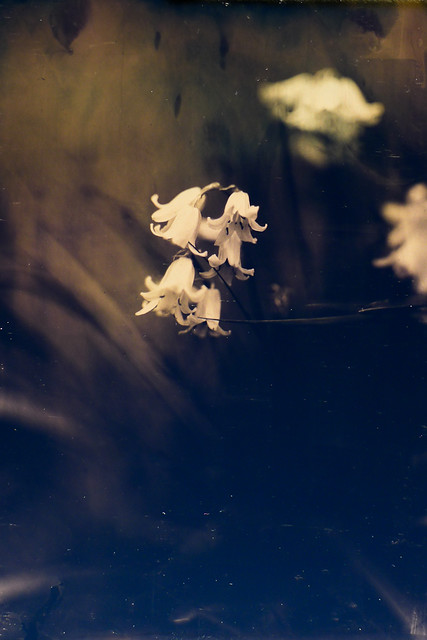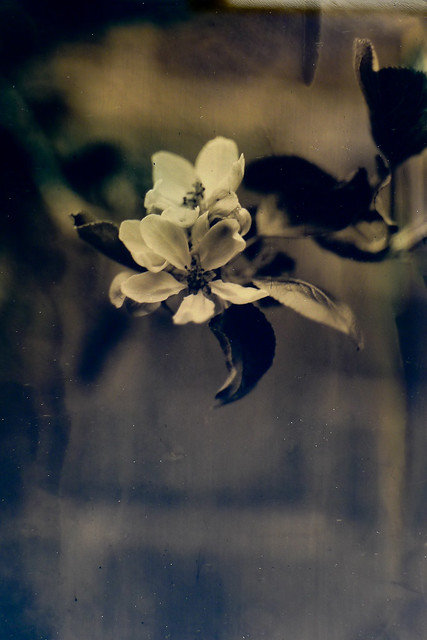This can achieve up to ISO 40 speed.
Now, here come the caveats. This formula assumed, as they did at the time, that you were using standard (ACTIVE) photo gelatins, and you will be lucky if you get ISO 3 - 6 with it using modern oxidized photo grade gelatins. You cannot get active gelatins that are any good today, for the most part.
The only way to get speed is by chemical sensitization, or finishing. This involves the addition of any one of a variety of ingredients. The original was allyl thiourea, another was thiourea, and then finally they added sodium thiocyanate. Modern emulsions use either sodium thiosulfate or sodium thiosulfate plus a gold salt. It is done after the wash step, as excess halide represses this sensitization. This finishing step varies for every emulsion and sometimes for every batch of every emulsion.
The problem is that the quantity, time and temperature must be determined by trial and error as it is based on the surface area of the emulsion. This is a very complex procedure. This type of emulsion varies from batch to batch quite a bit in speed, contrast and fog.










